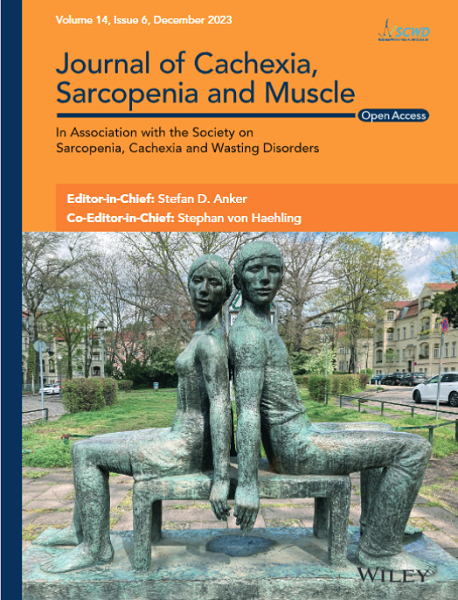Association of Dietary Choline Intake With Incidence of Frailty: A Nationwide Prospective Cohort Study From China
Abstract
Background
Emerging evidence suggests that dietary choline is a modifiable nutritional factor linked to various health outcomes. However, most existing studies have focused on isolated health conditions, lacking a comprehensive assessment of overall health status. This study aimed to investigate the association between total dietary choline intake and frailty incidence among Chinese adults, considering its derivatives, soluble forms (water-soluble and lipid-soluble) and food sources (animal-derived and plant-derived).
Methods
Participants without frailty at baseline were enrolled from the China Health and Nutrition Survey (CHNS), with follow-up from 2004 to 2016. Dietary intake was assessed using three consecutive 24-h dietary recalls to estimate total dietary choline intake, its derivatives, soluble forms and food sources. Frailty status was evaluated using a frailty index (FI), with frailty defined as an FI > 0.21. Cox proportional hazards regression and restricted cubic splines were used to analyse the associations between dietary choline intake and frailty incidence.
Results
A total of 10 310 participants (mean age: 46.4 years [SD: 14.5]; 52.6% female) were eligible. During a median follow-up of 6.1 years, 1150 incident frailty cases were recorded. Cox models with penalized splines showed an L-shaped association between total dietary choline intake and frailty incidence. Compared with participants in the lowest quartile of total choline intake, those in the 2nd to 4th quartiles had lower odds of frailty, with hazard ratios (HRs) of 0.84 (95% CI: 0.71, 0.98), 0.80 (95% CI: 0.67, 0.95) and 0.75 (95% CI: 0.61, 0.93), respectively. Intake of lipid-soluble choline in the 2nd to 4th quartiles was associated with an 18% (HR: 0.82; 95% CI: 0.69, 0.98) to 23% (HR: 0.77; 95% CI: 0.63, 0.95) reduction in the odds of frailty. Participants in the 3rd to 4th quartiles of phosphatidylcholine intake exhibited 19% (HR: 0.81; 95% CI: 0.68, 0.96) to 23% (HR: 0.77; 95% CI: 0.63, 0.94) lower odds of frailty. Choline intake from plant-derived food sources was significantly associated with reduced odds of frailty (HR: 0.83; 95% CI: 0.69, 0.99).
Conclusions
Moderate to high dietary choline intake (171.00–464.99 mg/day), particularly phosphatidylcholine (145.20–304.93 mg/day), may be associated with reduced odds of frailty.


 求助内容:
求助内容: 应助结果提醒方式:
应助结果提醒方式:


